
A sound film is a motion picture with synchronized sound, or sound technologically coupled to image, as opposed to a silent film. The first known public exhibition of projected sound films took place in Paris in 1900, but decades passed before sound motion pictures became commercially practical. Reliable synchronization was difficult to achieve with the early sound-on-disc systems, and amplification and recording quality were also inadequate. Innovations in sound-on-film led to the first commercial screening of short motion pictures using the technology, which took place in 1923. The sound film was also played with organs or pianos in the actual movie to represent sound.

William the Silent or William the Taciturn, more commonly known in the Netherlands as William of Orange, was the leader of the Dutch revolt against the Spanish Habsburgs that set off the Eighty Years' War (1568–1648) and resulted in the formal independence of the United Provinces in 1648. Born into the House of Nassau, he became Prince of Orange in 1544 and is thereby the founder of the Orange-Nassau branch and the ancestor of the monarchy of the Netherlands. In the Netherlands, he is also known as Father of the Fatherland.
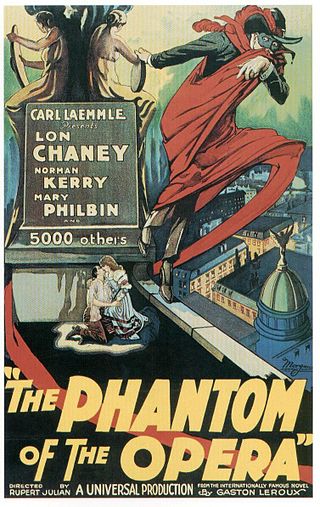
The Phantom of the Opera is a 1925 American silent horror film adaptation of Gaston Leroux's 1910 novel Le Fantôme de l'Opéra, directed by Rupert Julian and starring Lon Chaney in the title role of the deformed Phantom who haunts the Paris Opera House, causing murder and mayhem in an attempt to make the woman he loves a star. The film remains most famous for Chaney's ghastly, self-devised make-up, which was kept a studio secret until the film's premiere. The picture also features Mary Philbin, Norman Kerry, Arthur Edmund Carewe, Gibson Gowland, John St. Polis and Snitz Edwards. The last surviving cast member was Carla Laemmle, niece of producer Carl Laemmle, who played a small role as a "prima ballerina" in the film when she was about 15 years old. The film was released on September 6, 1925, premiering at the Astor Theatre in New York. The film's final budget was $632,357.

Phyllis Virginia "Bebe" Daniels was an American actress, singer, dancer, writer, and producer.
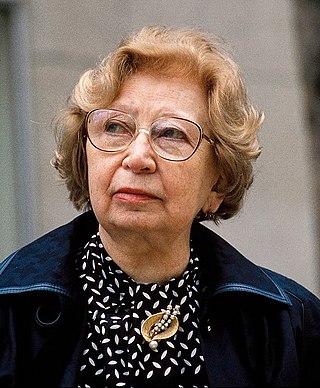
Hermine "Miep" Gies was one of the Dutch citizens who hid Anne Frank, her family and four other Dutch Jews from the Nazis in an annex above Otto Frank's business premises during World War II. She was Austrian by birth, but in 1920, at the age of eleven, she was taken in as a foster child by a Dutch family in Leiden to whom she became very attached. Although she was initially only to stay for six months, this stay was extended to one year because of frail health, after which Gies chose to remain with them, living the rest of her life in the Netherlands.
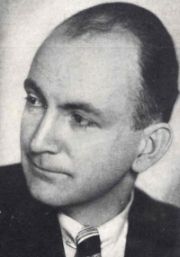
Henk Badings was an Indo-Dutch composer.
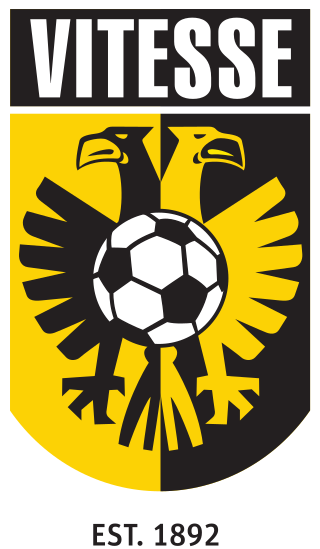
SBV Vitesse Arnhem, widely known as Vitesse or internationally known as Vitesse Arnhem, is a Dutch professional football club located in the municipality of Arnhem. Established on 14 May 1892, Vitesse is one of the oldest professional football clubs in the Eredivisie. Since 1998, the club has played its home games at the GelreDome.
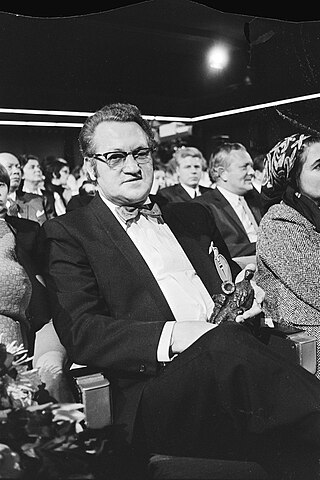
Johnny Jordaan was the pseudonym for Johannes Hendricus van Musscher, a Dutch singer of popular music, in particular the genre known as levenslied, a Dutch variety of the French chanson. He was well known for his songs about the city of Amsterdam, especially the Jordaan district, which he sang in a typical "hiccuping Mokum vibrato", "Mokum" being the Hebrew-derived nickname for the Amsterdam inner city area. In the 1950s, Johnny Jordaan rose almost instantly to the level of national celebrity and became the "uncrowned king of the Jordaanlied", and his hit song "Geef mij maar Amsterdam" is one of the songs Amsterdammers identify with most.
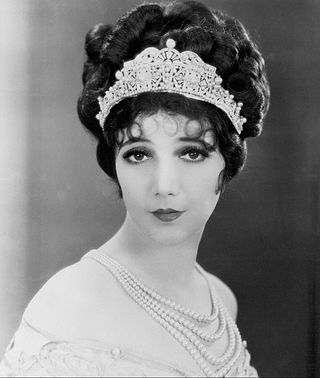
Jetta Goudal was a Dutch-American actress, successful in Hollywood films of the silent film era.

Hendrik Willem ten Cate is a Dutch football manager and former professional player.
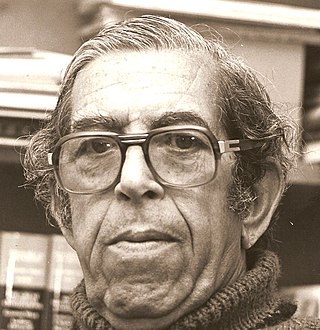
Lodewijk 'Lou' Lichtveld was a Surinamese politician, playwright, poet and resistance fighter who wrote under the pseudonym "Albert Helman".

Geert Meijer is a Dutch football manager and former professional player.

Eye Filmmuseum is a film archive, museum, and cinema in Amsterdam that preserves and presents both Dutch and foreign films screened in the Netherlands.
Nederland en Oranje is a 1913 Dutch silent historical drama film directed by Louis H. Chrispijn. The film features nineteen short pieces with themes from Dutch national history and was made to celebrate the Dutch Kingdom.

James Malachi Rennie was a Canadian American actor who performed on the New York stage and also appeared in several Hollywood films during the 1920s, 1930s and 1940s. He became a U.S. citizen in New York in 1933.

Zuster Theresia is a 1932 film from the Dutch East Indies directed by M. H. Schilling with the help of the Wong brothers. The film, starring Henk Maschhaup, Daisy Diephuis, and Alle Heymann, follows a young man and his relationship with two women. A commercial failure, the film was the last made by Schilling and led the Wongs to take a two-year hiatus.

Henri Frédéric Boot, was a Dutch painter and printmaker mostly active in Haarlem.

"Aan de Amsterdamse grachten" is a Dutch song by Pieter Goemans. It was written in 1949 but not recorded until 1956, and many times more since then. It is one of the standard songs celebrating the city of Amsterdam, and one of the best-known and most popular songs in the Netherlands.

The Jordaanlied is a type of levenslied, the Dutch genre of nostalgic sentimental popular music; the Jordaanlied hails from and sings the praises of the Amsterdam neighborhood the Jordaan which, until the 1960s, was an impoverished working-class area. The genre first came to the fore in the late 19th century and reached extraordinary popularity in the 1950s, before becoming old-fashioned quickly when rock and roll came along. It continues to be sung in the now-yuppified Jordaan, as a local favorite and a tourist attraction in a profoundly changed neighborhood; already a nostalgic genre when it was first made popular, the situations it describes and the emotions it evokes are no longer directly accessible even by the older generations, a transformation due in part to the Jordaanlied itself.
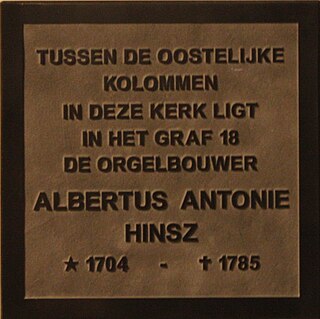
Albertus Antonius Hinsz was an organ builder in the Netherlands, who followed in the tradition of Arp Schnitger.


















